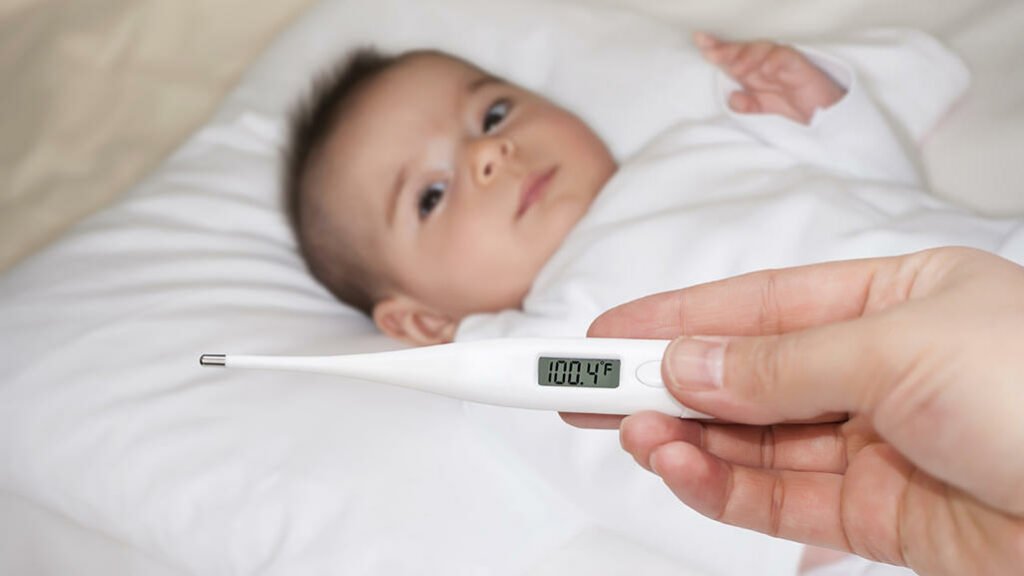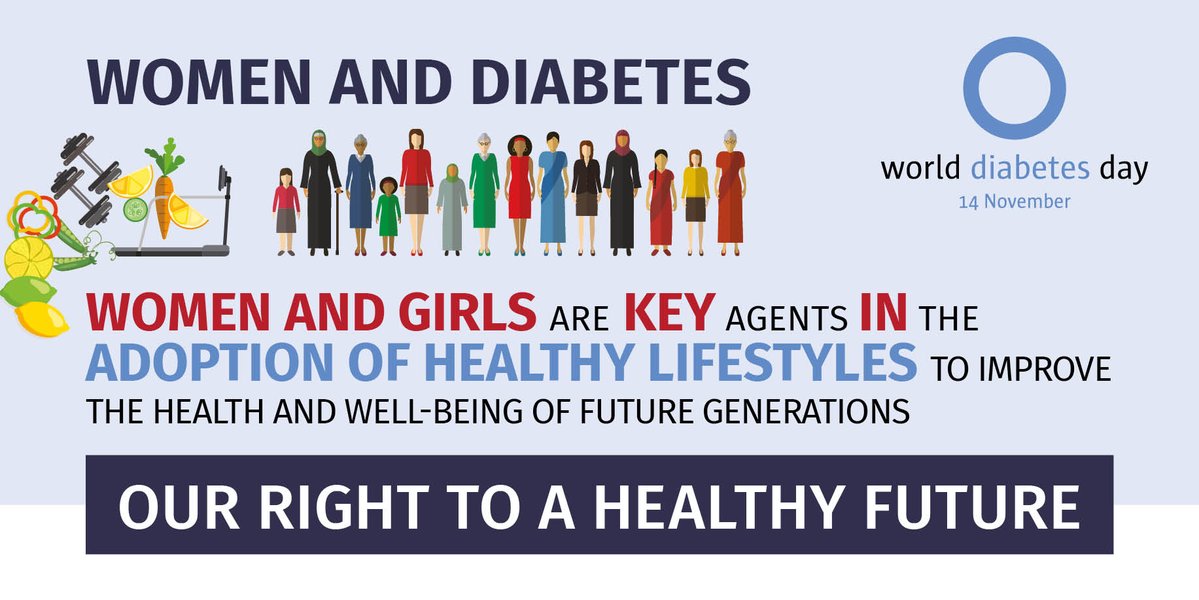Fevers are extremely common in all children or infants, and as a caregiver or parent, you should be familiar and comfortable with the fever.
What exactly fever is?
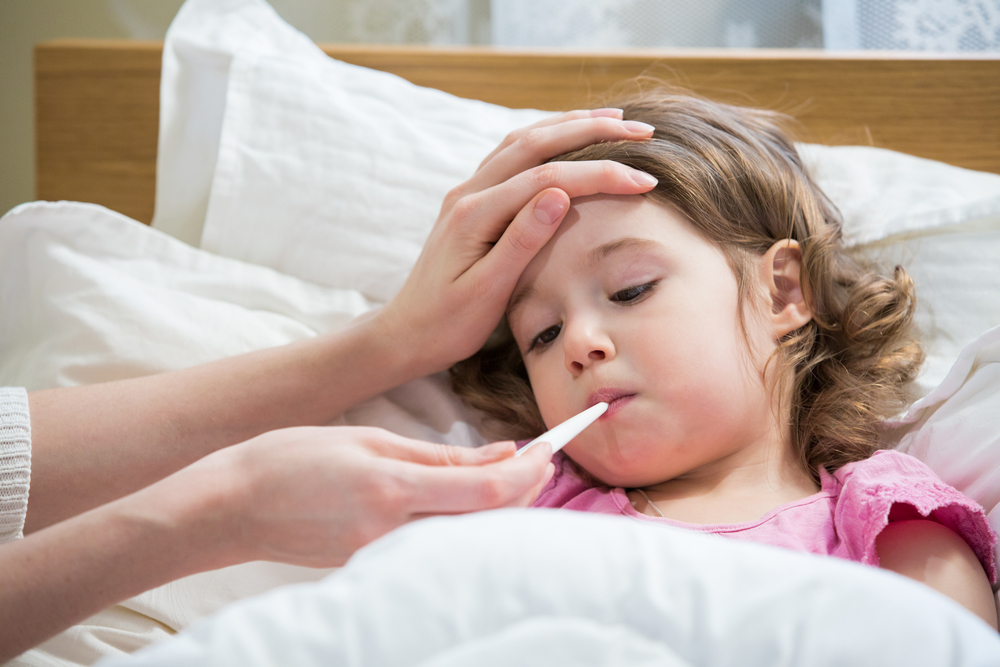
A fever is your body’s immune response to a foreign invader. This might be a bacteria or more commonly it’ll be a virus. When your body feels that a virus or bacteria has entered it. It will do a number of things to try to get rid of that foreign entity. And one of the things is to raise the body temperature to make it uncomfortable for that virus or bacteria. A fever is defined as over 100.4 Fahrenheit or over 38.2 Celsius.
How to check children fever?
There is a number of different ways that you can check your child’s fever. The best way to check your child’s fever depends on the age they are.
Infant
The best way to check an infant’s fever is similar to how you would change their diaper and that’s by checking the rectal fever. Hold their legs up with one hand, just as you would when you’re cleaning their bottom when you’re changing the diaper. When they’re in that position put some Vaseline on the tip of the thermometer and gently insert it into the rectum holding it there until it beeps.
Children
If you have a child a little bit older, maybe half a year or a year. The best way to check their temperature is Axillary. This means under the armpit, hold their arm close to their side so they won’t move it. And make sure that the thermometer touches the skin on both sides and not a T-shirt or a piece of clothing by accident. Have the thermometer under the armpit and hold it there under until it beeps. You can give the child the hug during this time or just hold them still and make sure that they don’t raise their arm.
Older Children
The last way of checking the temperature is for older children, who can cooperate and listen to instructions. This is the way that most of us are familiar with under the tongue. Holding a thermometer under the tongue is very effective and it’s very easy to do for older children but younger children might have trouble with this.
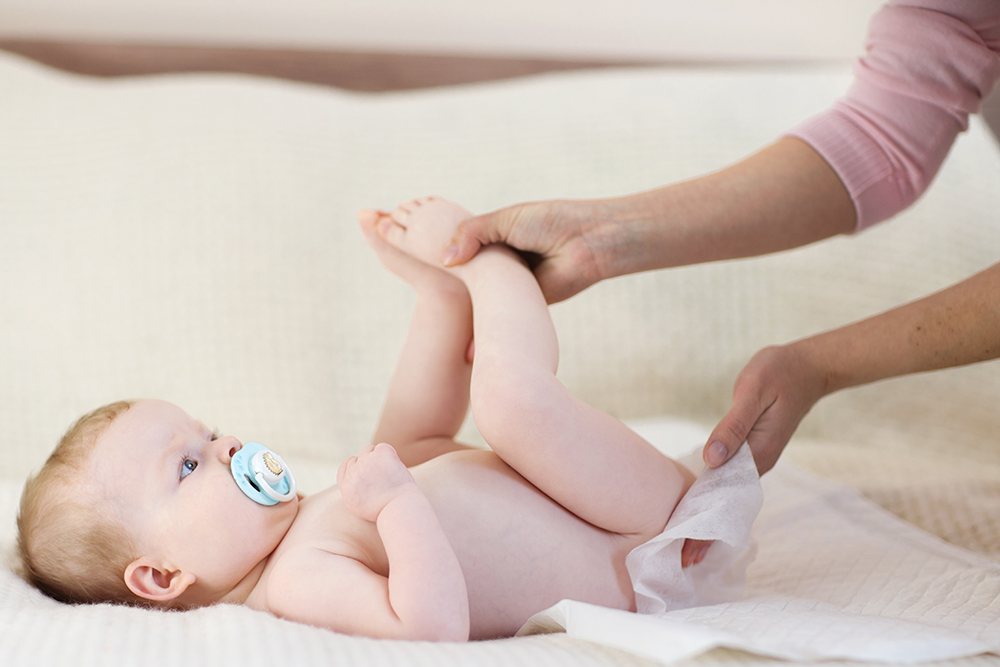
You may have heard that take the temperature under the armpit is less accurate and that’s true. However, the difference between axillary and rectal temperature is less than one degree. Now in some cases, this may be the difference between almost having a fever and having a low fever. But this is “OK” because the treatment for almost having a fever and having a low fever is not very different.
There is also a very informative post by Mayo Clinic – Thermometer basics: Taking your child’s temperature
When to seek professional treatment?
When a child has a fever that might be “OK” but you need to look for the red flags that go along with the fever to see if you should seek professional help.
Under the age of 3 months
The first one that we’re going to talk about is an infant under the age of three months. If you are dealing with an infant and they have a fever that we talked then you need to go see help immediately. It may be harmless or it may be just a virus. However, you need to leave that up to a professional to decide. Either go to a walk-in clinic or the pediatric emergency room to see a doctor.
Over the age of 3 months
If a child over the age of three months old has a fever. The most important thing to pay attention to is how are they acting. If they are acting extremely ill then you should go seek help immediately. This might be if they are acting especially drowsy or sleepy that we say lethargic. If they are having trouble breathing or if you see that they are in extreme pain. That doesn’t really fit the current situation. All of these signs are red flags and if you have a child with a fever and one of these signs you should go seek immediate medical attention.
Fever more than 3 days
Most fevers will be viral infections and they should go away within 24 to 48 hours. However, if a fever persists for more than three days you might be having to deal with a bacterial infection and treatment with antibiotics may be what you need. So if you have a fever that persists for more than three days you should go see a doctor.

The last thing that I want to mention here is probably the least accurate. However, I’m speaking more to parents than I am to other caregivers. Parents have great intuition about their children. If you feel that something is not right or something is off, listen to your intuition and go seek professional help. You know your child better than anyone. And so you shouldn’t just be worrying about statistics to when you decide if you should seek help or not. These are the main red flags that you should worry about when a child has a fever.
How to treat your child at home?
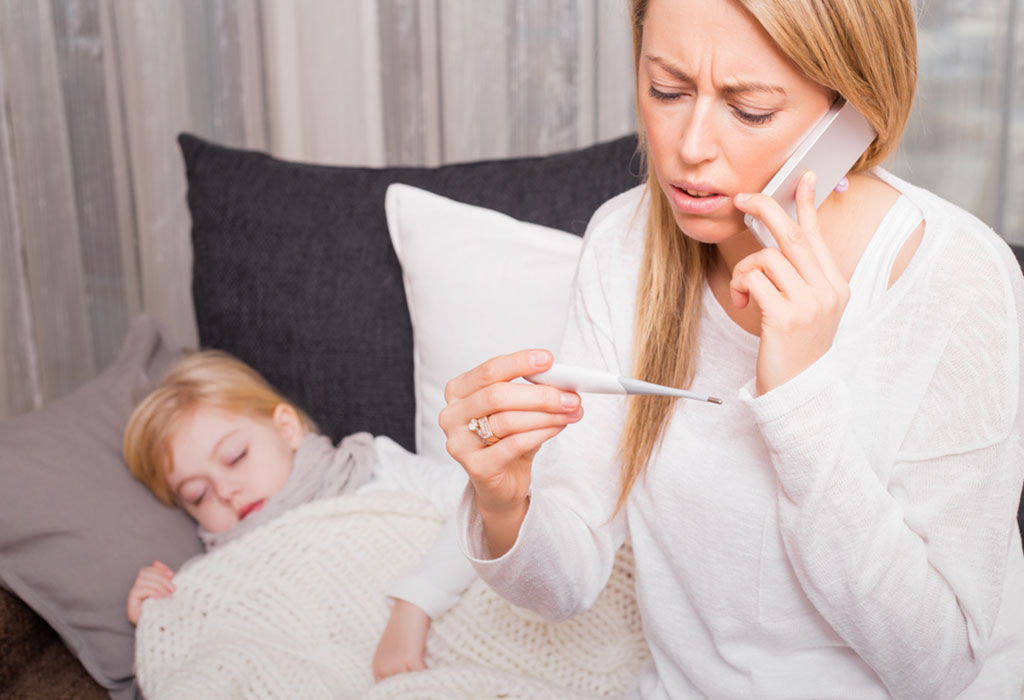
The vast majority of cases are not situations where you need to be concerned or seek professional help. Of course, here I’m talking about children over the age of three months old. if you have an infant under the age of three months with a fever this is enough of a reason to go seek medical advice.
Most fevers are caused by viral infections. Viral infections, we usually have other signs that will come along with the fever. This may be like a runny nose, coughing. If it’s a stomach infection it can lead to vomiting or diarrhea. However, most of these fevers will go away within 24 to 48 hours and only being supportive of giving fluids and this type of treatment is needed at home.
Viral infections are also usually seasonal. So you’ll see that they’ll happen more frequently when the seasons change either from winter to spring or from fall to winter. So, as we mentioned before if the child has a fever but they are looking and acting “OK” then you should give them supportive care at home.
Drinking lots of fluids
Make sure that they’re drinking a good amount and not going dehydrated. Especially, if they have vomiting or diarrhea. Sugary fluids should be avoided because sugars can sometimes fuel the bacteria or the virus that’s in their body.
Read More – Drinking Water Is The Best Cure For Fever
Rest
Make sure that the child is not running around too much or playing but they should be on the couch resting most of the time.
Lukewarm bath
If the fever jumps up and gets a little bit high or the child starts getting uncomfortable with how high the fever is. You can try to bring it down, one of the best ways to do this is by giving them a lukewarm bath. Have the bath water comfortable when they go in and let them sit in the bath and play for a while. So that as the temperature of the water goes down their body temperature will also be lowered with the bath. This can also be done with a sponge bath or having just dampening their skin all over to have that cool itself off. Try to start with the natural ways of lowering a child’s body temperature before giving the medication.
Medications
The first thing that you can give your child is an Acetaminophen. This is something that can be administered every four to six hours. The recommended dose is between 10 to 15 milligrams per kilo that they weigh. If you’re not sure about it, Read the bottle to make sure that you have the right instructions.
Here is the complete guideline of using Acetaminophen by Kids kidshealth.org – How to Safely Give Acetaminophen
The next thing that you can give your children is ibuprofen. With ibuprofen and also acetaminophen, it’s very important to make sure that you are giving them the medication that is best fit for their age group. There are syrups and other things that are suitable for young infants and children. So just make sure that you’re giving them the right one. Ibuprofen can be given every six to eight hours and the dose is about 10 milligrams per kilogram that they weight.
Here is the complete guidelines for Ibuprofen for Kids and Infants: Proper Dosages & Safety Tips
